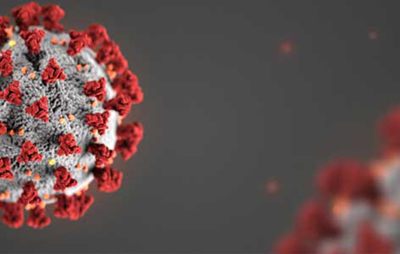A Brief Overview And Update About The Coronavirus Disease 2019 (COVID-19)

There has been information in the news about COVID-19. I thought it worthwhile to summarize and update some of this information from the Centers for Disease Control and Prevention (CDC) for the PHP staff
WHAT IS COVID-19?
ACoronavirus is a large family of viruses that affect both people and animals. This novel (new) coronavirus is believed to have originated from bats which are a source of food in China. What started out as an animal to human transmission has now evolved into a human to human transmission. COVID-19 is a respiratory disease. Current information suggests symptoms, which include fever, cough and shortness of breath, may appear 2 – 14 days after exposure.
CURRENT RISK ASSESSMENTS
Although currently the clinical picture is not fully understood, the disease can range from mild to severe. Current data suggests that serious illness occurs in approximately 16% of people who contract the disease and that the actual mortality rate for those who have a severe case is only 3.4%. People at highest risk for serious illness are seniors and people with certain underlying health conditions like heart disease, lung disease and diabetes.
HOW COVID-19 SPREADS
Person-to-person spread occurs when people are in close contact with one another – within 6 feet- through respiratory droplets when an infected person coughs or sneezes. The transmission rate from a close contact is believed to be approximately 0.45% and increases to 10.5% among household members.
It is also possible that spread can occur when a person touches a surface or object that has the virus on it and then touches her or his own mouth, nose, or possibly eyes.
TREATMENT
There is no vaccine to protect against COVID-19 and no approved medication to treat it. Currently the most important treatment interventions are nonpharmaceutical (NPI):
What you can do personally (Personal NPIs)
Stay home when you are sick. Cover your coughs and sneezes with a tissue. Wash your hands often with soap and water for 20 seconds or more. Avoid touching your eyes, nose, or mouth before washing your hands. Use hand sanitizer with at least 60% alcohol if you don’t have soap and water.
What communities can do (Community NPIs)
Implement social distancing interventions in schools, workplaces, and at events.
What everyone can do to keep the environment germ-free (Environmental NPIs)
Clean frequently touched surfaces and objects like doorknobs, desktops, computers and phones.
